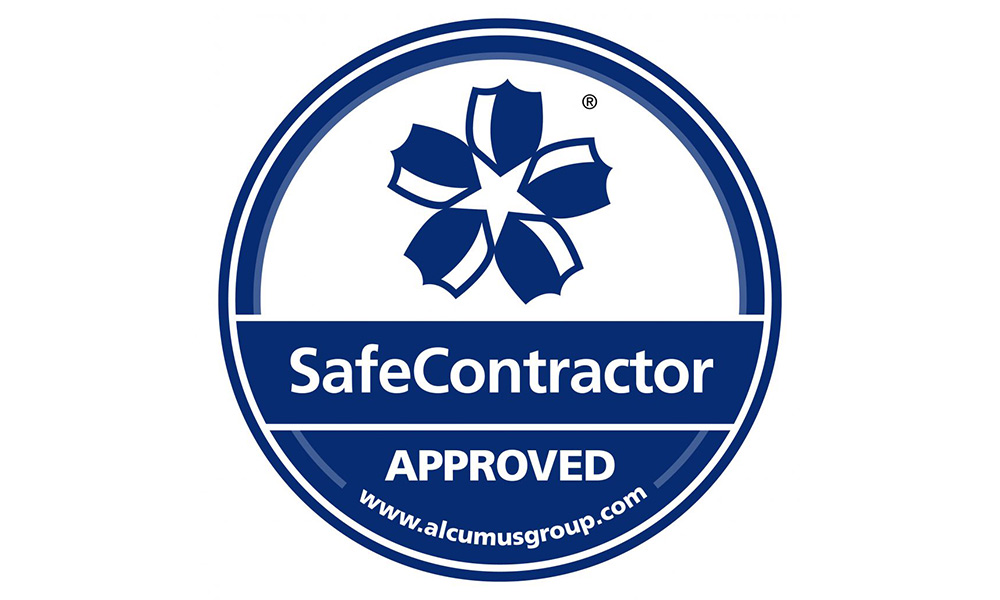If you were to believe certain sections of the British media, the internet is slowly killing physical shopping. The implication being that, before long, all high streets will be ghost towns with boarded-up stores and tumbleweed rolling along the road. Thankfully, the truth is a long way from that impression. It’s correct to say that our shopping habits are changing, but that doesn’t mean shops are about to be assigned to ancient history.
The pandemic gave many different industries a big kick forward, and retail was no exception. What may have taken years to evolve changed in months…
For Pexhurst and our clients, this evolution is important. As the high street changes, so too do the requirements of buildings and the individual shop units. In some cases, this is because the format of shopping in a district is changing, in other cases, because the supply of retail space in an area is greater than the need, giving scope for a change of use.
The Circus Street project in Brighton by Pexhurst shows how retail space can be repurposed in keeping with this evolution. The M&G Real Estate scheme centres on part of a disused municipal market that was recently redeveloped into apartments. By the end of the project, it will be transformed to create a district with a lively atmosphere, reflective of Brighton. Our work concentrates on transforming the units into residential amenity areas including co-working spaces, residents’ lounge, gym, a reception area and bike store. The consultant is TFT and interior design by Johnson Ribolla.
When the country was in lockdown, many people turned to internet shopping and were pleased with the convenience. As a result, the volume of online purchases jumped. According to the Office of National Statistics (ONS), the proportion of retail sales made online increased to 28% in July. This figure is sure to settle back down now that we can visit the high street again, albeit it is expected to remain above the 20% mark seen in February 2020 before the pandemic.
There are three aspects that can be read into these ONS figures:
Firstly, if 28% of sales were online, then seven in 10 items were still bought from physical stores…
More than that, if you consider click-and-collect and browsing as part of the buying process then, according to research by Verdict and British Land, close to 90% of all UK retail sales ‘touched’ a physical store. When online shopping first emerged, ‘showrooming’ became a concern. Customers would visit their high street, browse through the shops, choose an item they wanted, go home and buy it online from a different retailer. Brands soon wised up to this with the emergence of ‘reverse showrooming’. Companies like Superdry, Next, Apple and H&M put much emphasis on their own retail outlets; if you want a Superdry hoodie, you go to Superdry. Nowhere else. These brands and others have adopted omnichannel strategies creating seamless links between the digital and physical. That means customers can research online and buy in store, or browse in store and buy online. It makes no difference, the brand still makes the sale, irrespective of the route chosen by the customer.
Secondly, the essence of online shopping and bricks-and-mortar stores remains significantly different…
The former is transactional. See a picture on the website, select the colour and size, enter your details and wait in for the delivery. However, according to a study commissioned by Royal Mail, with over six in ten (61%) of online shoppers returning clothing, this route does have serious limitations. More than that, for online retailers, stock control, delivery charges (in both directions) plus customers’ expectation that online is cheaper, means margins can be squeezed.
Compare-and-contrast with physical retail which is more experiential. You can’t enjoy a day’s shopping with your friends online, or eat a meal in a restaurant with your family, online. That’s why London stores such as M&M World in Leicester Square and Apple Stores across the land are about the experience – knowing that you’re likely to leave with a full shopping bag if you enjoyed your time there. Therefore, it’s the ‘retailtainment’ combining retail and entertainment, that attracts shoppers by their thousands.
Thirdly, as we return to high streets after various lockdowns, our choices are changing…
Research by YouGov after the first lockdown found that 70% of people who shopped locally planned to continue to do so at the same or greater levels. This is supported by Supercharged Commerce’s work which found that shopping at independent retailers was on the rise. Of those surveyed, 28% said it was more important for them to shop at independent retailers than it was 12 months ago.
Put this together, and the type of fit-out work and repurposing of retail districts that clients ask of Pexhurst is changing in keeping with this evolution. It’s simply untrue to say that internet shopping is killing the high street. Most retailers now have omnichannel strategies, meaning that customers can buy through a choice of seamless routes. For the high street, the focus is on experiential and a growing focus on independents. As our shopping habits change, partly accelerated by the pandemic, so the retail evolution will continue.
Follow us on LinkedIn – https://www.linkedin.com/company










